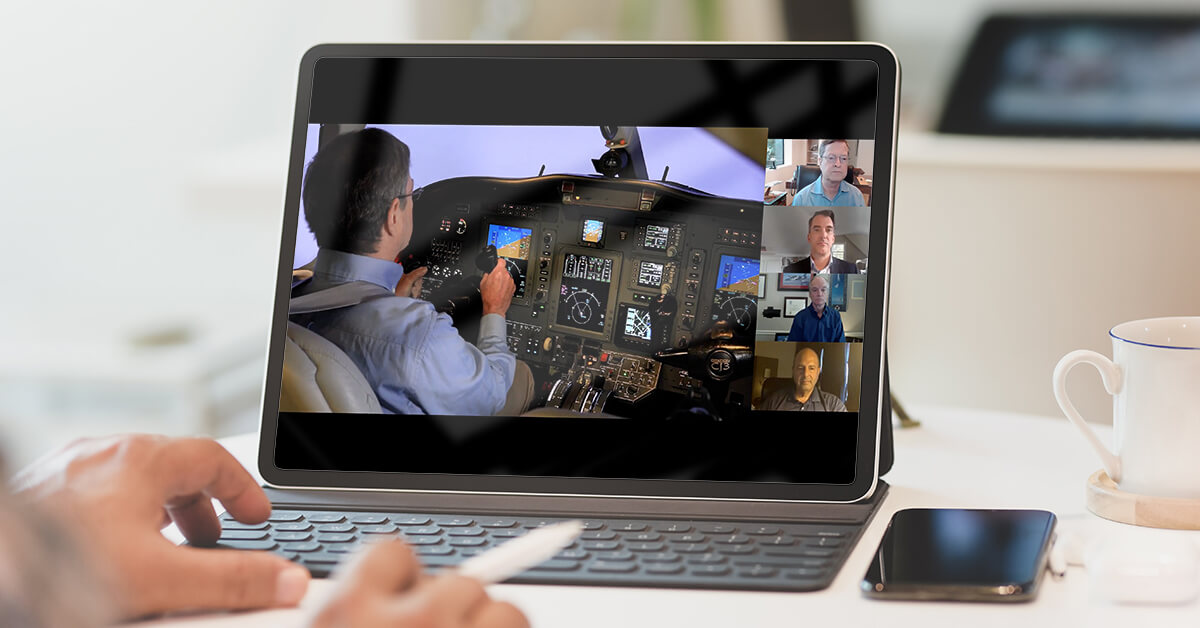
Oct. 5, 2020
The second session of day one of NBAA’s Single-Pilot Safety Standdown, part of the association’s Virtual Safety Week of online presentations, examined the case of a Cessna Citation CJ3 pilot who faced a confusing and potentially deadly situation stemming from an ambiguous warning indication on the flight deck.
Citation Jet Pilots Association (CJP) Chairman Tom Abood recounted his departure last fall from Mitchell, SD in light snow and low instrument meteorological conditions. The takeoff and initial climbout were otherwise routine until he raised the landing gear, at which point the aircraft’s stick shaker engaged.
Although taken by surprise, Abood paused to check his power settings and standby instruments to confirm the aircraft was indeed climbing normally and not at risk of an aerodynamic stall. The shaker stopped after the aircraft leveled off at 5,000’ indicating the jet’s single angle of attack vane had frozen in place during the departure.
Abood credited his training for not panicking and taking a rushed and possibly erroneous action.
“If you input certain things [like] pitch attitude and power settings, you’re going to get a certain output,” he said. “That eliminates a lot of guesswork in the moment of some kind of abnormal condition.”
Ambiguous instrument readings may be caused by a plethora of other factors, ranging from pitot/static system failure to decoupling the autopilot on an instrument approach, or loss of GPS signal leading to a loss of situational awareness. First and foremost, it’s important that pilots do not overreact.
“People can get killed [when] doing things in a hurry,” said Neil Singer, master instructor and CJP Safety Consultant. “The majority of the time, our first instinct should be to slow down [and] check our attitude and power settings. Get the airplane into a safe state where we can then troubleshoot what’s happening in a more relaxed manner.”
CJP Safety Committee Chairman Charlie Precourt also emphasized the importance of pilots taking a breath (or, in a well-known apocryphal tale, “winding your watch”) when faced with confusing or contradictory information.
“The biggest defense against these ambiguous indications is our aircraft systems knowledge and performance knowledge and being able to rely on what we know is really crucial,” he added. “I’ve found those [pilots] who know the systems best are able to pause before taking rash action, because they’re looking for other cues they could expect are trustworthy.”


 International Business Aviation Council Ltd.
International Business Aviation Council Ltd.